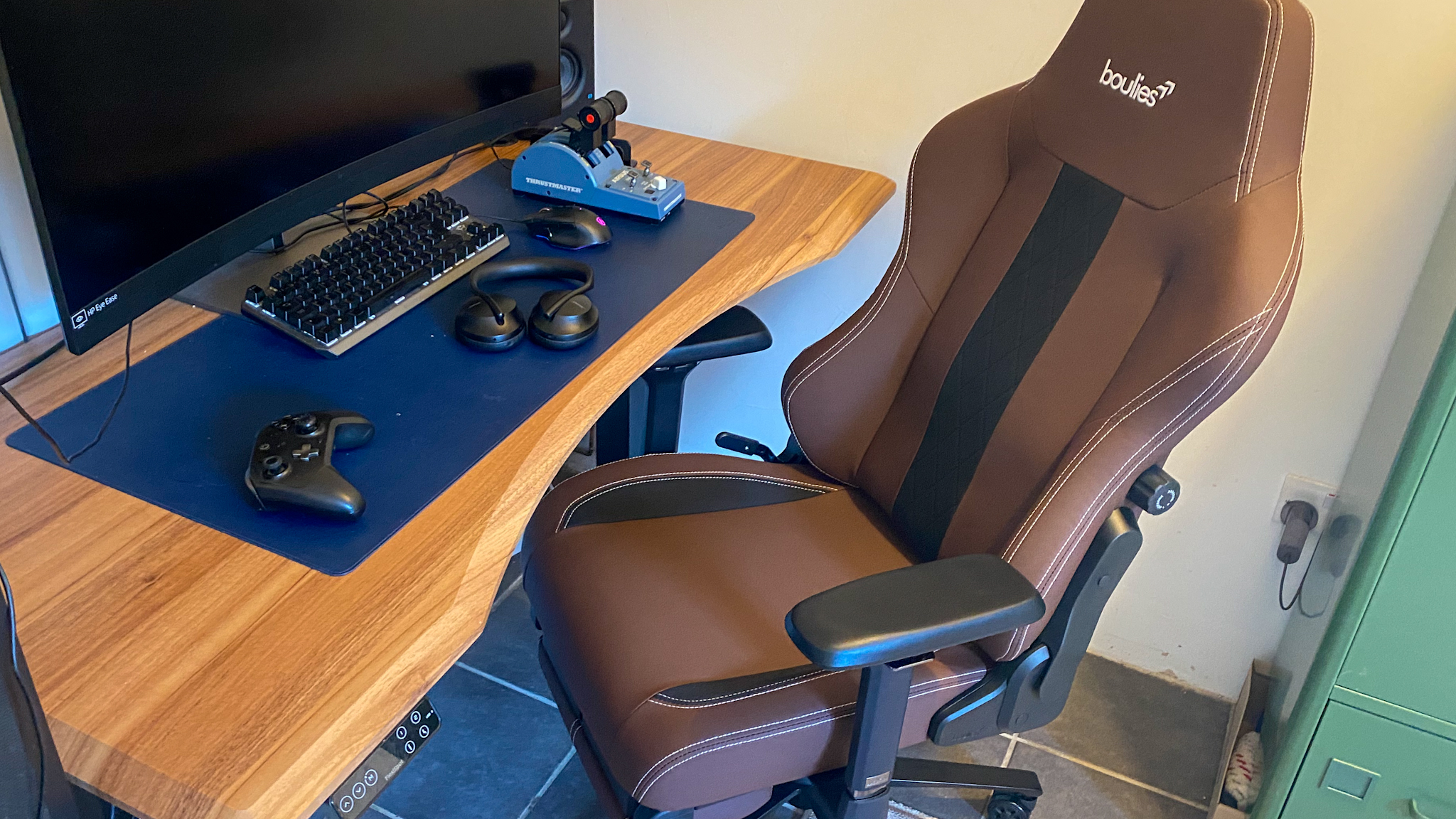Designers respond to Nielsen on mobile
Nielsen's recommendation that publishers build separate mobile sites has been met with astonishment from the industry

Earlier this week usability pioneer Jakob Nielsen published guidelines recommending separate sites, cut-down content for mobile and auto-redirects to mobile sites.
He says that although expectations for what can be accomplished on mobile are rising, a link to the full site should be enough to satisfy users who haven't found what they need on the mobile version. He tells us to "cut features, to eliminate things that are not core to the mobile use case" and to "cut content, to reduce word count".

UX professional and content strategist Karen McGrane told us she read the post "with a mixture of horror and bewilderment". Cutting content, she tells us, is not only "a content strategy nightmare" (as it means forking), it also treats mobile-only users as second class web citizens:
"About 25 per cent of the people who use the mobile web only use a mobile browser. They never use a desktop computer. These users are disproportionately low income, black, and Hispanic. Jakob's recommendation that mobile sites should cut content and features relegates these users to second-class citizens. He suggests that the mobile-only user should get sites optimised for 'the mobile use case', which doesn't exist if your mobile browser is your only browser. We should strive to make the web accessible for all users."

Mobile web strategist Brad Frost agreed: "It's increasingly essential to provide access to a full experience across devices. I wrote about this in my content parity post, and while I do think building a dedicated mobile site is a viable option (it's certainly the reality for a lot of organisations), it opens up a lot of opportunities for disparate experiences. This trend needs to stop and we need to do a better job giving our users what they ask for, regardless of how they access the web."
McGrane also noted the problems faced by users arriving from search engines: "If you're only delivering a subset of content and features on your mobile site, redirecting users to the mobile URL can cause huge problems. This scenario happens all the time: the user searches for something on Google from her phone, and finds the content she's looking for. Tapping the link in search results takes her to the mobile site, but because that content doesn't exist on mobile, she gets dumped on the mobile homepage. Sure, she can link to the full desktop site, but she winds up on the homepage there too. She knows the content exists, she just can't get to it anymore. Redirecting to the mobile URL breaks Google search. How is that ever a good user experience?"
Cutting content
Cutting out useful content and features is a no-no, but both Frost and McGrane pointed out that the space constraints of mobile provide a great opportunity to streamline your content in general, regardless of the platform on which it appears. Frost said: "Mr. Nielsen is right in saying that we focus and cut away the crap, but it shouldn't just be for mobile. We need to focus on the essentials across the board. That's one of the main gists behind Luke [Wroblewski]'s 'mobile first' philosophy. Working with the constraints of the mobile environment force you to prioritise what really matters to your product or service. It then raises the question: Does that extra content matter at all? Mobile or otherwise? Just because you have more space doesn't mean you should fill it with crap."
Frost told us he found it "concerning" that Nielsen didn't mention responsive design at all. In fact, Nielsen is so attached to the idea of building separate sites that he even tells us it would be "ideal" to create a third site for 7-inch tablets. Mobile maven and Tapworthy author Josh Clark told us: "The answer is not building a separate website for every platform. That might've been fine when a new platform arrived every few years. But now that they seem to arrive every few weeks, that strategy is untenable. There aren't enough of us to support and design a fresh website for mobile, for tablets (for 7" and for 10" tablets), for television, for speech-based interfaces that are around the corner."
McGrane issued this rallying cry: "Jakob's argument reads like a cop-out. Because mobile experiences today are inadequate, he argues that we should give up and accept that we can never provide a great user experience. We can do better than this!"
In the same vein, Clark followed up with: "Look, it's hard to build a great mobile experience with complete content and features. It takes careful thought and planning. But the obligation of design leaders is not to say, "don't bother." It's to provide guidance on how to do it well. Responsive design, adaptive design, progressive enhancement, and progressive disclosure give us the technical tools we need to create a single website that works well on all sites. We're still learning to use those tools the right way. Just because it's a design challenge to use them correctly doesn't mean we shouldn't strive to do it right."
Get the Creative Bloq Newsletter
Daily design news, reviews, how-tos and more, as picked by the editors.

Thank you for reading 5 articles this month* Join now for unlimited access
Enjoy your first month for just £1 / $1 / €1
*Read 5 free articles per month without a subscription

Join now for unlimited access
Try first month for just £1 / $1 / €1

Tanya is a writer covering art, design, and visual effects. She has 16 years of experience as a magazine journalist and has written for numerous publications including ImagineFX, 3D World, 3D Artist, Computer Arts, net magazine, and Creative Bloq. For Creative Bloq, she mostly writes about digital art and VFX.
